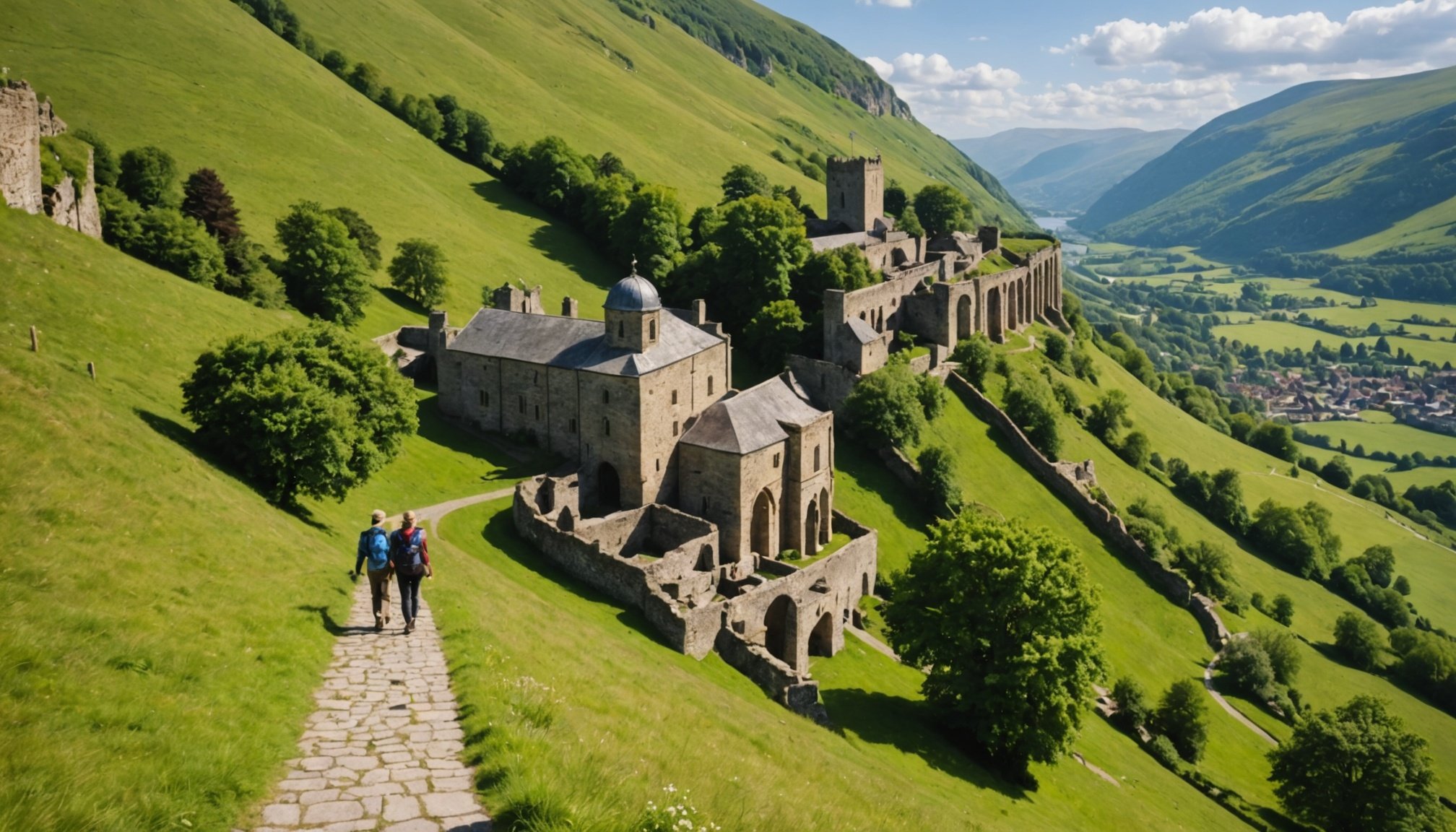Overview of Georgian Architecture in the UK
Georgian architecture in the UK represents a celebrated period between 1714 and 1830, marked by elegant design and proportion. It embraces symmetry, balance, and classical detailing, often featuring brick or stone facades with understated grandeur. UK heritage is deeply enriched by this architectural style which evolved profoundly within this period. Georgian buildings are typically characterized by sash windows, columned porticos, and refined facades.
The significance of Georgian towns can’t be overstated, as they embody not just architectural beauty but cultural heritage as well. These towns are a testament to the historical richness and grandeur of the Georgian era. The style evolved over time, influenced by factors such as the Palladian movement which emphasized Roman and Greek architectural elements. Georgian architecture in the UK has left a lasting impact, seen in prominent structures like townhouses, civic buildings, and churches scattered across cities and quaint towns, each embellishing the landscape further.
Topic to read : Explore the UK’s Best Museums Showcasing In-Depth Exhibits on British Colonial Heritage
The elegance and restrained decoration associated with this style have contributed to its continued charm and attraction, making Georgian architecture a pivotal element of the UK’s architectural history. These towns offer a fascinating glimpse into the nation’s past, providing beautiful settings for walking tours and exploration.
Top UK Towns Featuring Georgian Treasures
Immerse yourself in the charm of Georgian treasures nestled in the heart of various UK towns. Embark on enthralling walking tours to discover the architecture and history woven into the towns’ fabric.
In the same genre : Discover the Top UK Cities for Immersive Guided Tours of British Brewing Heritage
Bath
Famed for its stunning Georgian architecture, Bath offers an exquisite glimpse into this era. Stroll through the Royal Crescent and the Circus, marveling at the uniform elegance of terraced houses. A walk along Great Pulteney Street complements the experience, providing a comprehensive taste of Bath’s affluent past.
Cheltenham
Cheltenham stands as a testament to the architectural landmarks of the Georgian era. Start with Montpellier and venture towards Imperial Square, savoring the rich designs inspired by the town’s spa heritage. The Promenade is ideal for exploring dining options alongside historical marvels.
Brighton
Brighton’s Georgian delights include Regency Square and the Royal Pavilion, illustrating the town’s embrace of opulence. Explore the Brighton Museum’s exhibits preserving the period’s splendor before meandering through the renowned Lanes.
Edinburgh
Journey through Edinburgh’s New Town to witness its unique Georgian architecture. The interplay of Scottish heritage with traditional design displays a different narrative. Charlotte Square and George Street unveil the town’s architectural prowess.
Liverpool
Liverpool boasts noteworthy Georgian structures, including the Bluecoat Chambers. Begin from Rodney Street, then wander the Georgian Quarter for an insightful walk through history and culture reflecting Liverpool’s vibrant past.
Exploring the Walking Experience
Discovering Georgian architecture through walking tours is a captivating way to engage with the rich cultural tapestry of UK towns. To enhance this immersive experience, follow a few best practices. Start by wearing comfortable footwear to make the most of your journey through historic landscapes. The essence of a great walking tour lies in preparation, so utilise detailed walking tour maps to plan your route effectively.
Engaging with local insights can significantly enrich your understanding of Georgian-era structures. Consider hiring a knowledgeable tour guide who can share fascinating stories and historical narratives, adding depth to your walk. Guides enhance the architectural experience, offering context that transforms building facades into living history lessons.
Maximise your tour by interacting with fellow visitors and locals who may share hidden gems and less-traveled paths. This community interaction often reveals perspectives and anecdotes not found in textbooks.
Finally, remain open to exploring offbeat pathways that may lead to secluded Georgian treasures. The value of a walking tour increases when it melds architectural appreciation with local culture. By embracing these practices, you can ensure an enriching and memorable exploration of the UK’s Georgian treasures.
Practical Tips for Visitors
Embarking on a walking tour to explore Georgian architecture in UK towns requires a touch of preparation to make the experience memorable and smooth. Begin by packing essential items such as a reusable water bottle to stay hydrated and a weather-appropriate jacket. These ensure you’re comfortable as you traverse through the historic streets.
To effectively plan your route, consult detailed walking tour maps available at local tourist information centres or downloadable through reputable travel apps. These resources provide invaluable guidance, highlighting major points of interest while suggesting optimal paths to take.
Consider booking accommodations near the heart of Georgian UK heritage areas to have convenient access to attractions. Many towns offer charming bed and breakfast options that also provide local dining recommendations. Connecting with locals or your hosts might lead you to discover hidden gems and less-frequented spots.
Using guides and architectural style resources can significantly enhance your understanding and appreciation of the locations you visit. They bridge the gap between mere sightseeing and a deeper engagement with history. With a little preparation, your venture into the grandeur of Georgian architecture will be both informative and enjoyable.









